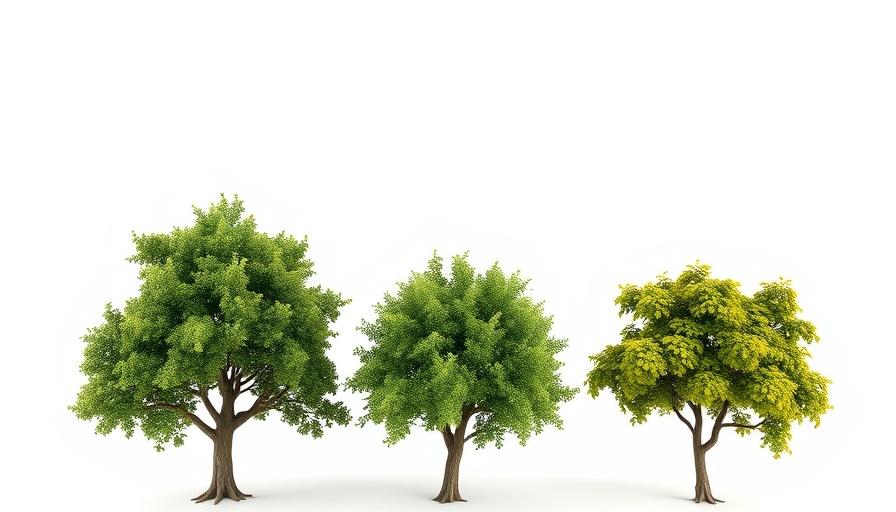
Revolutionizing Urban Planning with 3D Tree Models
In a groundbreaking development for urban planners, environmental scientists, and concerned citizens alike, Purdue University has introduced a remarkable 3D tree reconstruction algorithm known as Tree-D Fusion. This innovative algorithm enables the creation of realistic, three-dimensional models of over 600,000 trees from simple input images. Such technology holds immense potential for visualizing urban green spaces and understanding their ecological impact.
Understanding the Technology Behind Tree-D Fusion
Tree-D Fusion combines artificial intelligence and advanced modeling techniques to generate simulation-ready tree models. According to Purdue's Bedrich Benes, a key figure behind this project, "these tree models are what we call 'simulation-ready,'" allowing for accurate approximations of tree growth and shading over time. The project draws on a vast dataset of trees collected through Google's Auto Arborist initiative, which encompassed 2.6 million trees from various North American cities.
Benefits of 3D Tree Reconstruction in Urban Spaces
This algorithm is not just a technical marvel—it has practical implications for urban environments. As cities grow and develop, planners must consider how trees affect shade, air quality, and community health. Tree-D Fusion allows for data-driven planning, offering insights on how trees might evolve over the years in various environments. This means better informed decisions regarding urban forestry initiatives, potentially improving urban climates and enhancing residents' quality of life.
Social and Environmental Impacts
As cities strive for sustainability, the role of trees becomes increasingly vital. Trees are known to cool urban areas, improve air quality, and capture carbon dioxide, thus supporting diverse ecosystems. The Tree-D Fusion algorithm not only serves immediate urban planning needs but also plays a significant part in understanding the long-term social and environmental benefits of maintaining green spaces. The initiative embodies the principle that urban greenery is crucial for vibrant, healthy communities.
Challenges and Future Directions
The development of Tree-D Fusion was not without obstacles. One of the primary challenges was generating accurate 3D models from single images, a task made complex by variable tree growth conditions. However, as stated by Raymond Yeh, the project lead regarding computer vision and AI efforts, recent advances in diffusion models have enabled more precise reconstructions, allowing researchers to overcome earlier limitations.
A Vision for Greener Cities
This project is more than an academic endeavor. According to Jae Joong Lee, a Ph.D. student and lead author of the research, the aim is to extend the platform's capabilities globally. Plans are already in place to scale the technology, providing cities worldwide with the insight necessary to monitor and maintain urban forests effectively.
Final Thoughts on Urban Forestry and Technology
As technology continues to evolve, the intersection of artificial intelligence, urban planning, and environmental sustainability offers unprecedented opportunities for creating greener cities. By leveraging advanced algorithms like Tree-D Fusion, urban planners can now make more informed decisions that promote both human health and the ecological integrity of urban environments. This technology not only fosters a deeper understanding of our relationship with nature but also empowers communities to advocate for more thoughtful and sustainable city designs.
 Add Row
Add Row  Add
Add 




Write A Comment